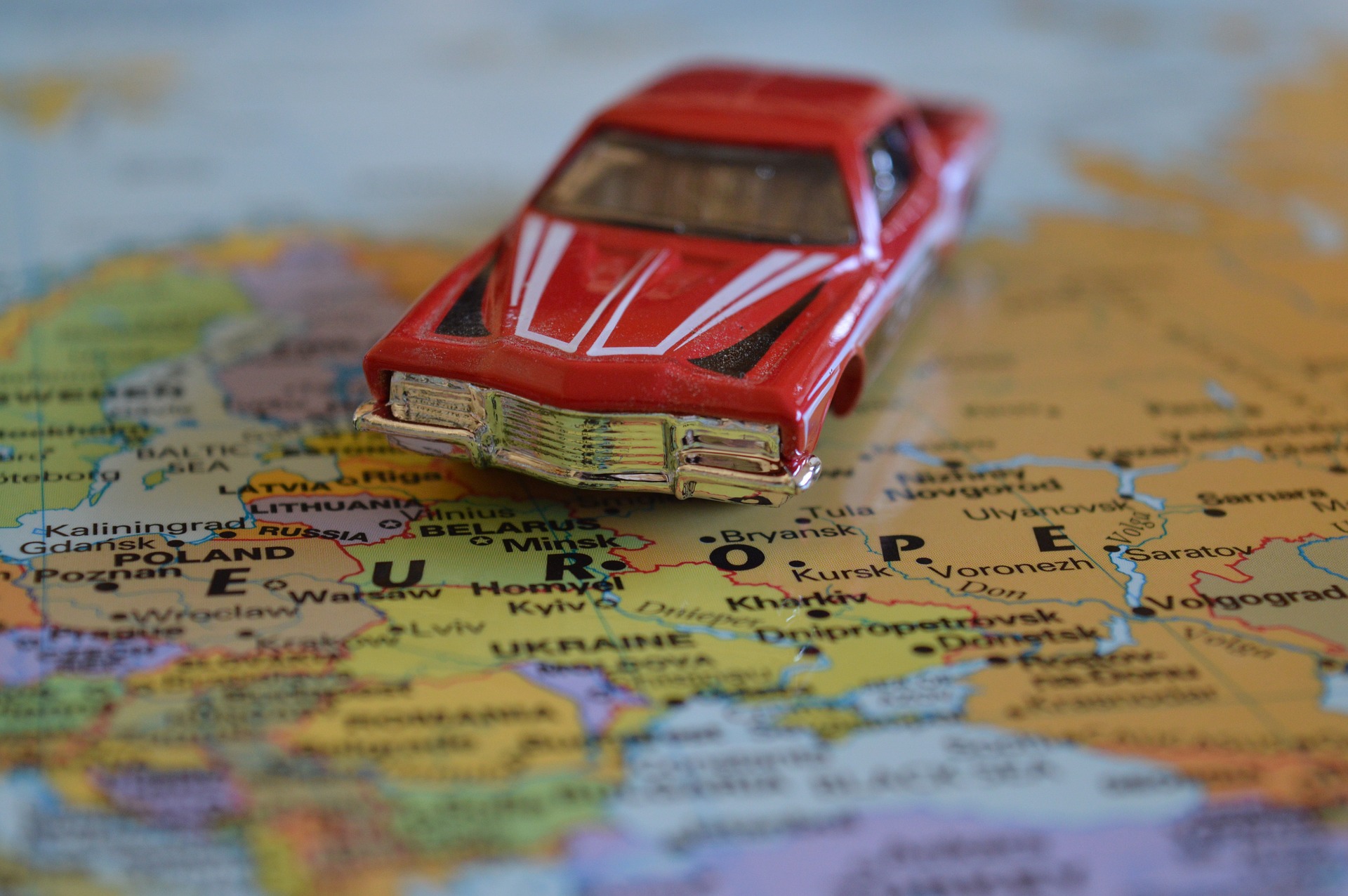
With the Brexit transition period deadline of December 31st looming and still no firm decisions on travel and customs arrangements with the rest of the EU, it is inevitable that when it comes to making plans for travelling in Europe after the UK’s EU exit, there is a degree of uncertainty about driving abroad. Will drivers be legal? What van insurance or fleet van insurance arrangements need to be put in place? Will your business need special permits or permissions to travel between states?
With the help of the RAC and the British government websites we bring you the current rules on driving in Europe after December 31st 2020. But please note that with negotiations still ongoing between the UK and member states, these rules could drastically change. You can stay up to date by checking the government website here: https://www.gov.uk/driving-abroad.
Can I still use my UK driving licence?
Yes. But in addition to your normal UK driving licence, you may also need to have an International Driving Permit (IDP) to drive in some EU countries after the transition period finishes in December 2020. This applies to people living in Great Britain or Northern Ireland, those who have a full UK driving licence and are aged 18 or over.
You can buy all kinds of International Driving Permits over the counter at 3,000 Post Office branches across the UK. Before you set off, it’s important to check you have the right IDP for the EU country you are travelling to or within and how long you plan to stay in that particular country. An individual IDP costs £5.50. But if you are travelling to multiple countries where different IDP versions are needed, you would have to buy both the 1949 and the 1968 versions of IDPs, costing £11.
For the most up-to-date information visit https://www.gov.uk/driving-abroad/international-driving-permit.
Do I need special kit for driving in Europe after Brexit?
All UK-registered vehicles must display a GB sticker when driving in any of the 27 EU countries – including the Republic of Ireland. At the moment you currently only need the sticker if your car or van doesn’t have blue EU registration plates that display the ‘GB’ initials. When the UK leaves the EU, drivers will need a separate GB sticker even if they have GB on their number plate.
Did you know, you could be fined up to €530 for not carrying the right kit? Therefore, it’s worth investing in a European driving kit which includes a fire extinguisher, torch, an approved breathalyser twin pack, a universal spare bulb set, a first aid kit, high visibility vests, European guidance advice, a warning triangle, GB stickers and headlamp beam convertors. Take a look at the RAC Shop here: http://www.racshop.co.uk/european-driving-kits.
What if I have a road accident in Europe after Brexit?
Government advice after Brexit states that UK residents involved in a road accident in an EU or EEA country ‘should not expect to be able to make a claim in respect of that accident via a UK-based Claims Representative or the UK Motor Insurers’ Bureau (MIB)’.
Instead, you may need to bring a claim against either the driver or the insurer of the vehicle country where the accident happened. In the event of an accident in an EU or EEA country caused by an uninsured or an untraced driver, UK residents might not get compensation. You will need to contact your insurance company for more information.
What about vehicle insurance?
Naturally, your car or van must have the correct and up-to-date insurance provision. In addition, the Association of British Insurers (ABI) recommends that before you set off to drive in any EU state you should take with you ‘a physical copy of what is known as a Green Card’.
Green Cards are international documents of insurance issued by your UK insurance provider. It guarantees that you have the correct third-party motor trade insurance cover for travel in the country being travelled to. Even though many European insurance authorities have said they will waive the need for a green card after Brexit, it hasn’t yet been confirmed by the European Commission. So, this means that insurance companies are still advising that you have one just to be on the safe side.
Note, they are not actual cards as such, but they are they are paper documents which should be printed on green paper following international rules.
You should contact your insurance company to get a green card both for your car or van and for any trailer or caravan that’s being towed as well. According to the ABI you should remember to allow ‘sufficient time – about one month before you travel - for your insurer to process your request and if need be, post your Green Card document to you.’ Don’t leave it until the last minute. And there may be a small admin charge involved, so best to check first.
In addition, your UK registered vehicle must carry its original Vehicle Registration Document (VRD). If you’ve hired or leased your car or van, you’ll need a Vehicle on Hire Certificate which should be carried by the driver at all times whilst driving in Europe. It costs £8.00 for each certificate and is valid for one year. You need a photocopy of a letter of authority from the hire/lease company giving you permission to take the vehicle abroad and you need to personally contact the hire/lease company for the necessary vehicle details and letter of authority.